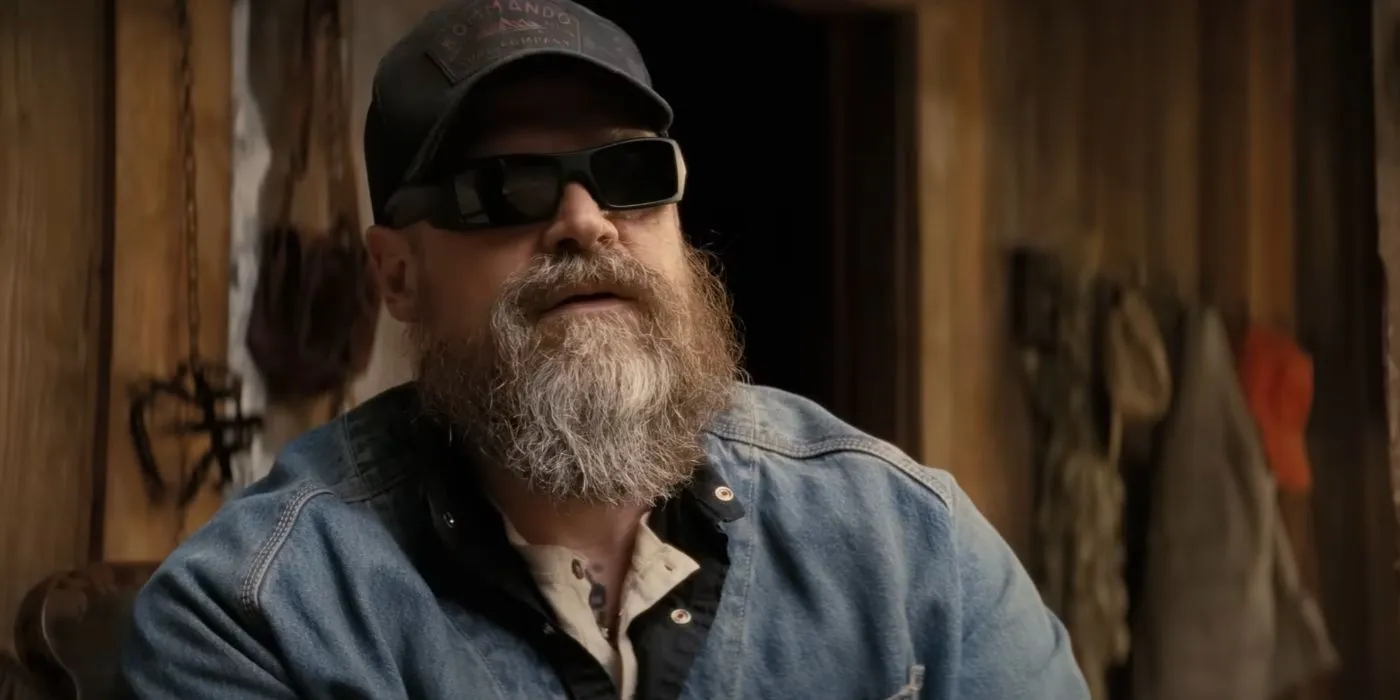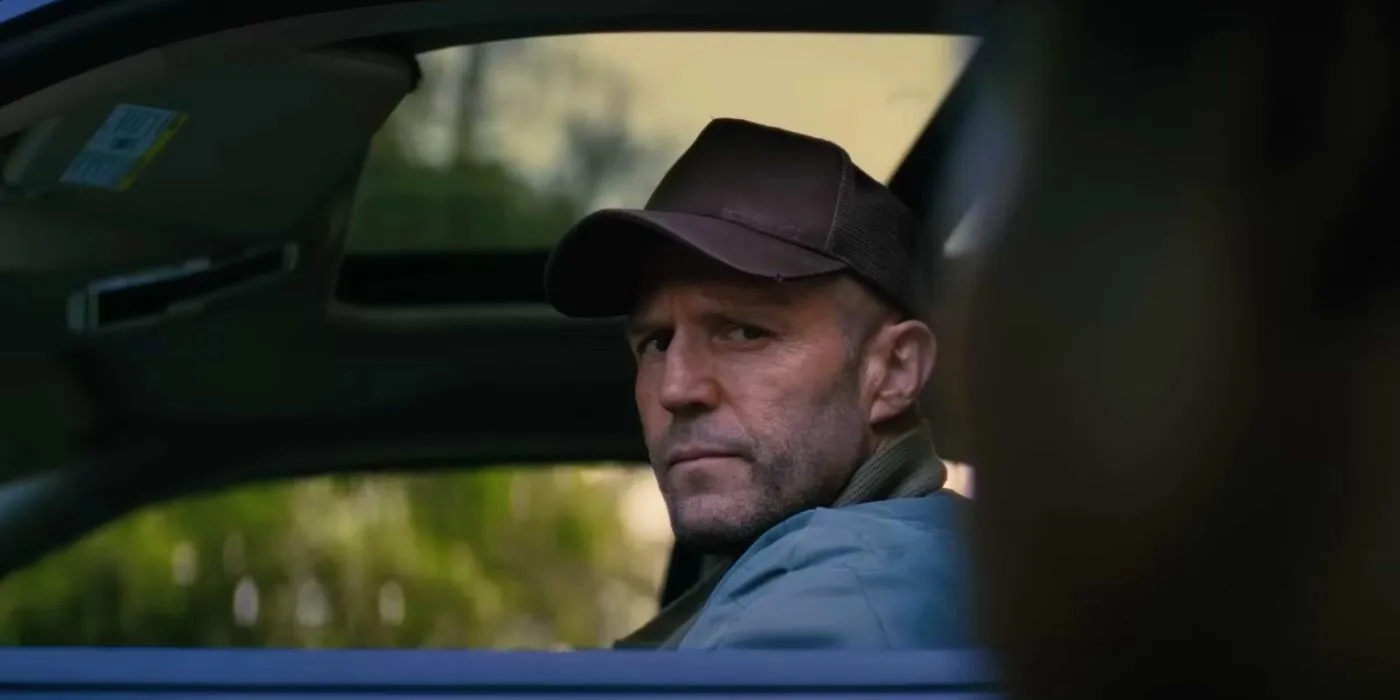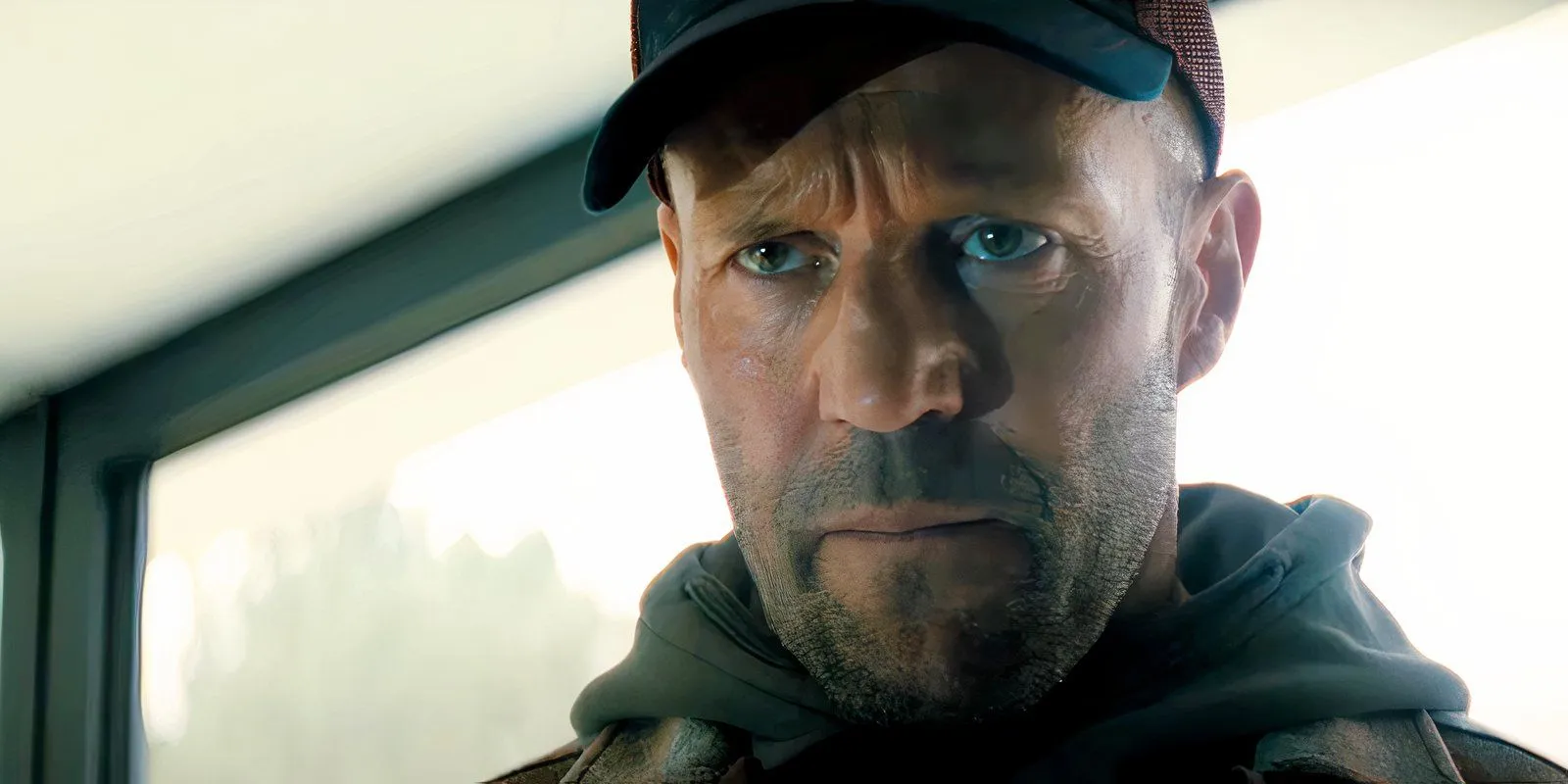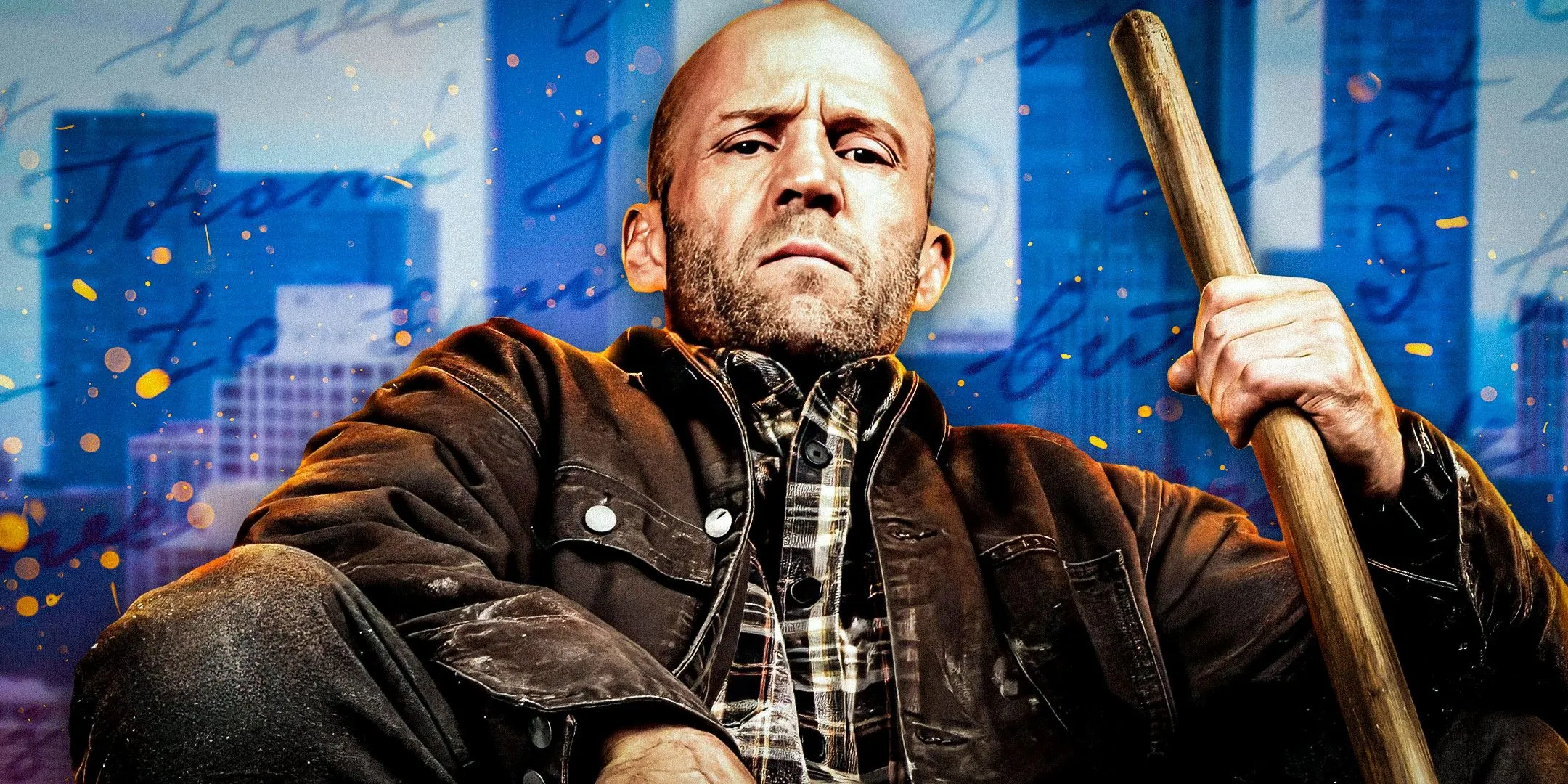Attention: This article contains significant spoilers for A Working Man.
A Working Man is a film adaptation of the thriller novel Levon’s Trade, but it diverges from its source material in ways that many fans may find disappointing. Starring Jason Statham and directed by David Ayer, the film follows Statham’s character, Levon Cade, a retired Royal Marine Commando who embarks on a mission to rescue his boss’s daughter, Jenny (played by Arianna Rivas), from human traffickers. While the film remains faithful to certain elements of Chuck Dixon’s work, significant alterations create a different overall experience.
The adaptation hints at the possibility of a sequel, given that there are currently 11 sequel novels following Levon’s Trade. Despite receiving mixed critical reviews, the film has performed well at the box office, suggesting that Statham might have another franchise on his hands.
Differences in the Source Material
In the Original Novel, Jenny Is Already Dead

One of the most significant changes is the fate of Jenny. In Levon’s Trade, her character’s death hangs over the narrative, adding a sense of loss and urgency to Levon’s mission. Conversely, A Working Man portrays Jenny as a survivor who actively fights against her captors, even defeating the antagonist Artemis (Eve Mauro) by the climax. The film crafts a bond between Levon, Jenny, and her family, a relationship that does not exist in the novel, where Levon and Jenny are strangers.
Missing Gunnery’s Iconic Quotes
David Harbour Misses Out on Key Dialogue

The character of Gunny Leffertz, portrayed by David Harbour, is another point of divergence. In the novel, Gunny is an older, blind African-American man who imparts wisdom through memorable quotes. The film simplifies his character, stripping away much of the impactful dialogue that establishes his rich personality. For instance, quotable lines like, “Body counts don’t mean s*** if they’re not the right bodies,” are entirely absent, depriving the audience of the nuanced wit that characterized the book.
Convoluted Narrative Structure
More Characters, More Confusion

The storyline of Levon’s Trade is relatively straightforward, maintaining suspense about Jenny’s fate. However, A Working Man adds several subplots and new characters, including Viper (Emmett J. Scanlan) and Artemis. While this escalation allows for more action sequences, it ultimately complicates the plot unnecessarily, making it harder for viewers to follow character motivations and alliances. This excessive layering contributes to an inflated runtime, suggesting that a more concise approach—perhaps around 90 minutes—would have sufficed.
Dropped Subplots of Significant Interest
Notable Absence of the Roth Subplot

While the film retains the basic premise of Levon’s struggling relationship with his wealthy father-in-law, Dr. Roth (played by Richard Heap), it eliminates one of the more bizarre yet entertaining subplots present in the novel. In Levon’s Trade, Roth and his wife face a gruesome fate, leading Roth to ally with the very Russian gangsters that target Levon. This complex subplot adds depth to Roth’s character, a nuance lost in the adaptation.
Struggling With Tone
A Working Man’s Struggle for Consistency

A Working Man appears to chase the commercial success of The Beekeeper, attempting a blend of action and humor that conflicts with the serious undertones of Levon’s Trade. The novel addresses brutal themes like human trafficking and violence, while The Beekeeper presents a more action-comedy vibe. However, by trying to blend these elements, the film results in an uneven tone that often undermines its impact, leading to comedic moments that feel inappropriate given the plot’s gravitas.
Elimination of the Toilet Scene
A Missed Opportunity for Humor

One of the most memorable passages from Levon’s Trade involves a darkly humorous interrogation where Cade ties a thug to a toilet. This scene showcases Cade’s wit while avoiding graphic violence. In stark contrast, the film opts for an intense waterboarding scene, which fails to capture the same comedic essence and, in fact, detracts from the tone. The removal of this unique moment diminishes the film’s potential for memorable storytelling.
Forced Action Sequences
Unusual Critique for a Jason Statham Film
Typically known for high-octane action, A Working Man paradoxically suffers from excessive action. While Levon’s Trade embraces succinct and brutal bursts of violence, the film expands these sequences into drawn-out set pieces that often lack urgency. For example, the climactic shootout feels more exaggerated than necessary, diverging from the novel’s more grounded conclusion, which involves Levon on the run.
Absence of the Epilogue
Conclusion Sees Cade and Merry on the Run

While A Working Man ends on a hopeful note with Cade bringing Jenny home, it omits the tension-filled resolution found in Levon’s Trade. In the novel, Cade and Merry live as fugitives after their encounters, facing the ongoing threat related to the Russian gangsters. This shift disrupts the narrative’s intensity and the potential for future character development. Though the film provides a satisfactory cinematic experience, its numerous deviations from Levon’s Trade may leave fans desiring a more genuine adaptation.
For further details and ratings, visit Rotten Tomatoes.
Source: Screen Rant


